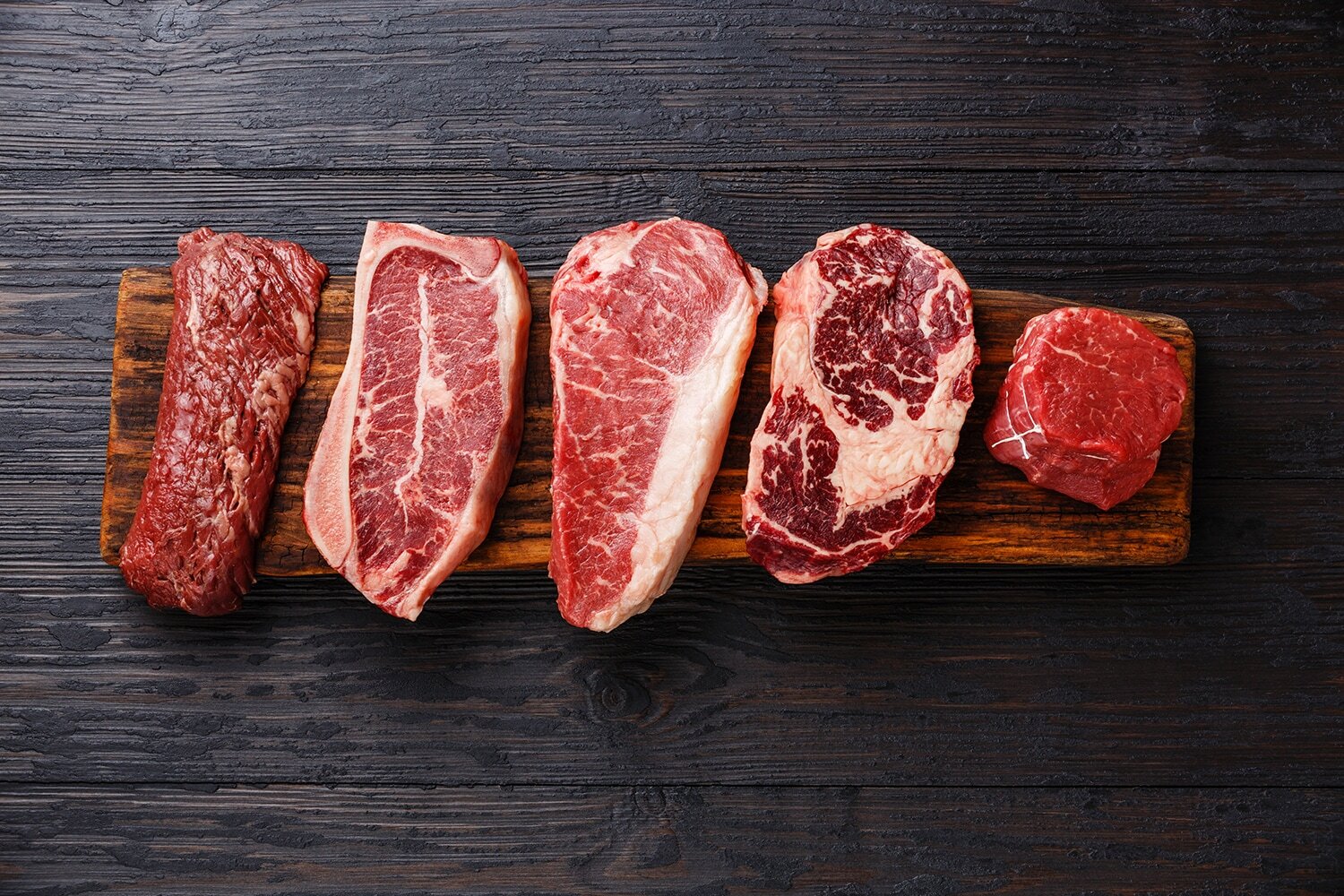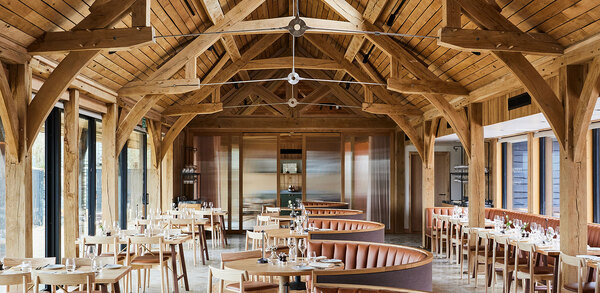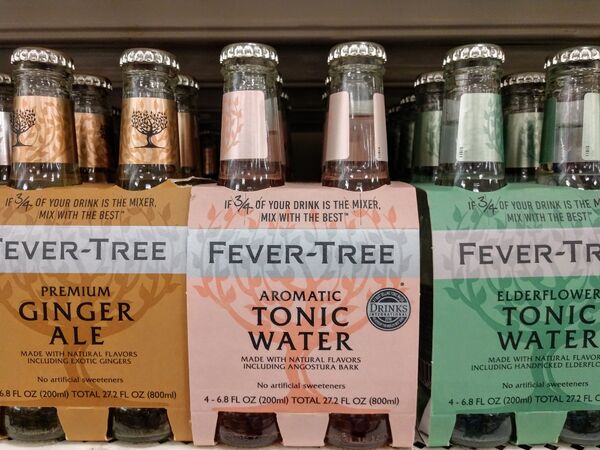Meat matters: the latest trends in meat and poultry
It seems that absence makes the heart grow fonder when it comes to finding a decent steak, and restaurant closures have done nothing to sate the hunger of consumers for quality protein, as Will Hawkes discovers.
Like many of Britain’s restaurants, Boisdale is preparing for the return of its customers. Two of its four sites, Canary Wharf and Belgravia, are set to open their outdoor spaces next week, while Bishopsgate and Mayfair will have to wait until indoor dining is allowed in May. Perhaps understandably, given 12 months of restrictions and shutdowns, anticipation is building at the restaurant.
“We’ve seen a very sharp pick-up to get in to eat with us [next week] from the day we launched our booking site,” says Andy Rose, executive chef and operations director. “About 300 to 400 covers [are being] booked every day. A lot of the people that I speak to, the emails I get, are the same: ‘We just can’t wait to come back to Boisdale. It’s all well and good buying your steaks and wine online, but the ambience of your restaurants and your service is all part of what we enjoy’.”
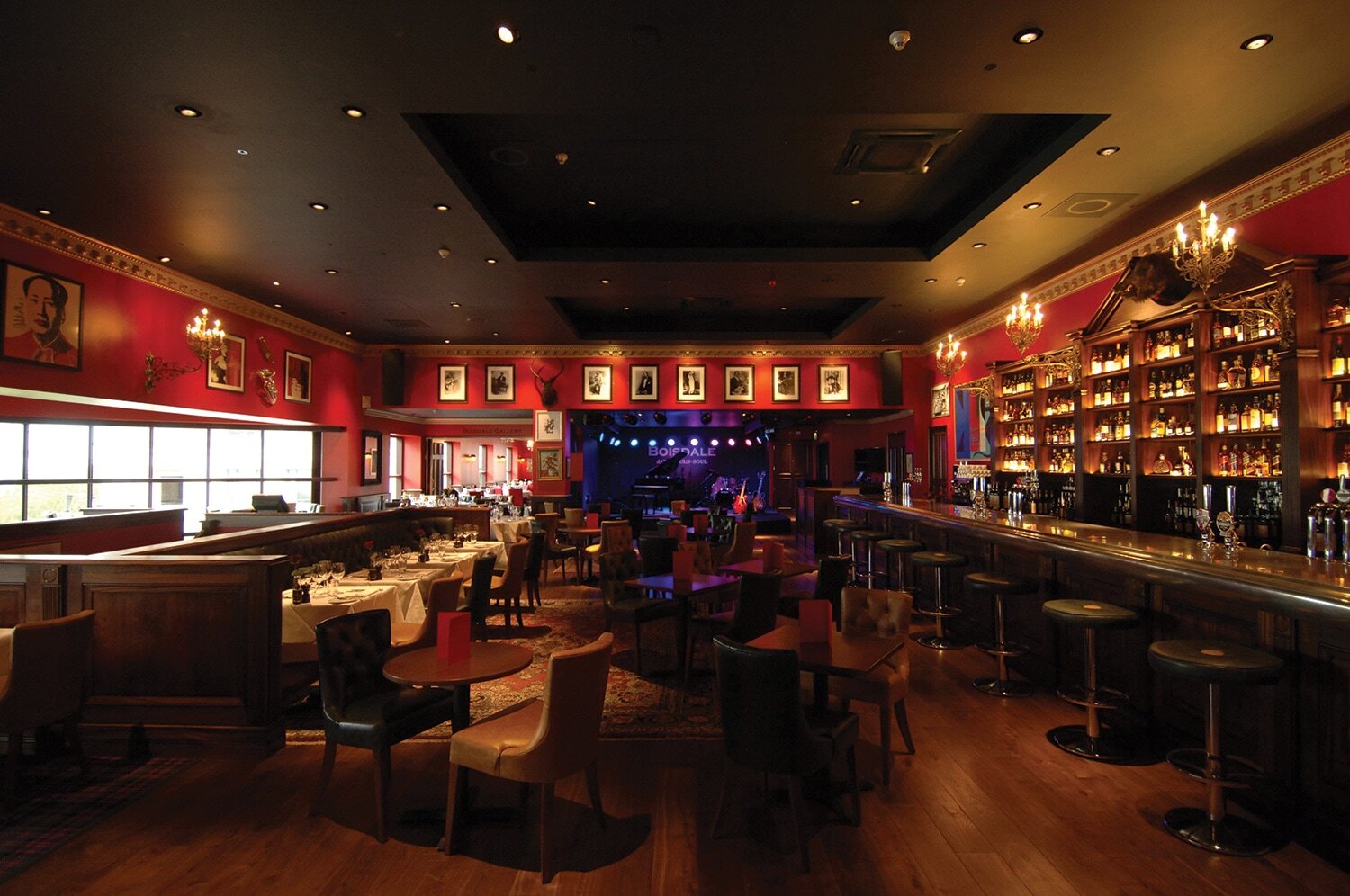
Those customers will be stepping into a world that has changed in the past year, but perhaps not in the way that some might have predicted. Red meat was supposed to be on its way out, hurried on by a multitude of vegan options, but it hasn’t worked out like that. Anyone who witnessed the huge Christmas queues outside butchers across the UK would have seen the hunger for quality meat that still exists in this country.
Even in Veganuary, Brits flocked to butcher’s shops. Customers bought 15% more red meat this January than 12 months ago, according to market analyst Kantar. While that could be explained as transferred demand from closed restaurants, a thirst for quality appears to be on the rise: sales of premium cuts such as steak are up more than cheaper cuts. And this is being seen across the country, with sales in Scotland up by more than 20% year-on-year, and Welsh sales also strong, according to Gwyn Howells, chief executive at Hybu Cig Cymru (Meat Promotion Wales).
“When looking at [our] sales data, it’s clear that premium cuts are now significantly outperforming cheaper alternatives, with steak sales volume currently up around 36% compared to last year, and beef mince up only 13%,” he says.
“Recent polling of UK meat eaters carried out for Hybu Cig Cymru actually suggested that quality is now many consumers’ number one consideration when buying red meat.”
But will this trend translate to restaurants when they reopen on the Glorious 12th?
Boisdale is back in town
Rose will be hoping so, given Boisdale’s reputation for high-end red meat. It’s a reputation that has allowed it to ride out the tumultuous past year, with Boisdale at Home – an online shop supplying customers with restaurant-quality produce delivered to their home – having launched during the first lockdown in spring 2020. It’s been very popular: a Burns Supper event, for example, attracted 1,300 diners. “People have been treating themselves to quality,” Rose says.
“We’ve been putting out the same product that we would sell in the restaurant, of which we’re very proud,” he says. “We’ve put a lot of time and effort and energy into ensuring that is a great product for the restaurant… we’re seeing a lot of repeat customers and they’re coming back for the same thing – it’s definitely the quality they’re after.”
Boisdale’s most popular items – steaks and burgers – are made with Campbell Brothers’ grass-fed Scottish beef, which is dry-aged in a Himalayan salt chamber. “We’re a British restaurant, and so Scottish beef is a key player,” says Rose. “It is a massive part of our offering: 60%-70% of our main courses are beef yet we’ve got a massive range of [other] foods. Beef, shellfish, smoked salmon, great cheese, venison, haggis – these are Boisdale staples.”
Will things be different for restaurants now, a year on from the first lockdown? Rose is not convinced: “We’ve been in essentially four lockdowns and we didn’t really see much of a change once we reopened. So when we reopened last July, we didn’t really see a big drop-off in sales. A little bit, maybe.”
The restaurant experience at home, though, is here to stay. “I think it is going to be part of the new norm,” he says. “Not only have we launched our great steaks and haggis online to cook at home, but we’ve also launched restaurant kits, which is not just the steak, there’s roast potatoes, bottles of wine and puddings. I think a lot of people are used to this now and will spend a little bit on something that’s great quality, delivered on time and beautifully packaged.”
Even when customers are not buying from restaurants, they’re looking for quality meat, according to Howells. “Around one-third of people [we surveyed] said they have been spending money on higher-quality meat in order to recreate the restaurant experience at home,” he said. “This recalibration of priorities could have knock-on effects in the foodservice sector. We could see more customers demanding higher quality and more sustainably sourced produce, whether at home or when at restaurants.”
Around one-third of people [we surveyed] said they have been spending money on higher-quality meat in order to recreate the restaurant experience at home
Got beef?
Beef looks best-placed to benefit from pent-up demand for a touch of quality, according to Rob Shears, head of commercial at Fairfax London. “The sales of premium, dry-aged British beef increased 51% during the Eat Out to Help Out campaign versus 2019, proving that consumers were keen to enjoy a premium experience when dining out,” he says.
Fairfax London takes great pride in its dry-aged, grass-fed beef. “Cattle are selected at a younger age based on size, fat cover and marbling,” says Shears. “The beef is then matured for a minimum of 21 days in purpose-built temperature- and humidity-controlled maturation rooms, complete with Himalayan salt walls. Natural enzymes break down the muscle to make the beef more tender. As the moisture evaporates, it creates a greater concentration of flavour in the meat. The beef is then prepared to order by our highly skilled butchers, using traditional skills, before the meat is sent to chefs across the UK.”
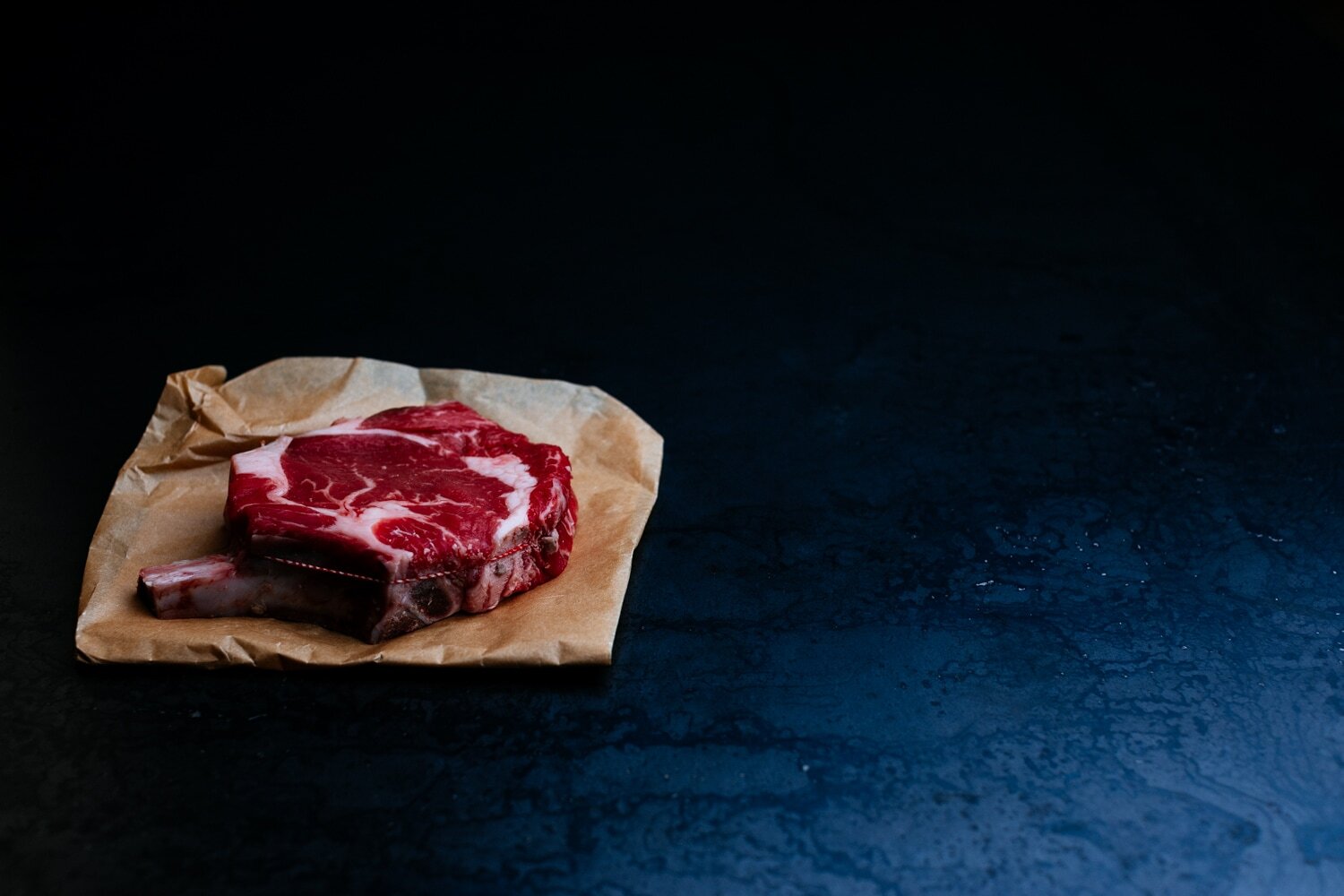
Home comforts
Beef’s problem in recent years has been a public perception that it’s the least sustainable meat. It may or may not turn out that feeding seaweed to cows can help alleviate that problem – as reported in The Guardian – but Howells believes operators can still use sustainability as a selling point for local meat.
“Our poll revealed that people recognise that meat from places such as Wales is farmed to higher environmental standards than the global average,” he says. “Of those polled, 41% thought that Welsh farming had better sustainability credentials than many other countries, compared to only 11% that disagreed.”
Sustainability also plays to Irish beef’s strength in the British market, according to Emmet Doyle, Great Britain meat market specialist for Bord Bia, the Irish Food Board. “Speaking to chefs about their menu planning for opening, it’s clear that sourcing local is a big part of their decision-making,” he says.
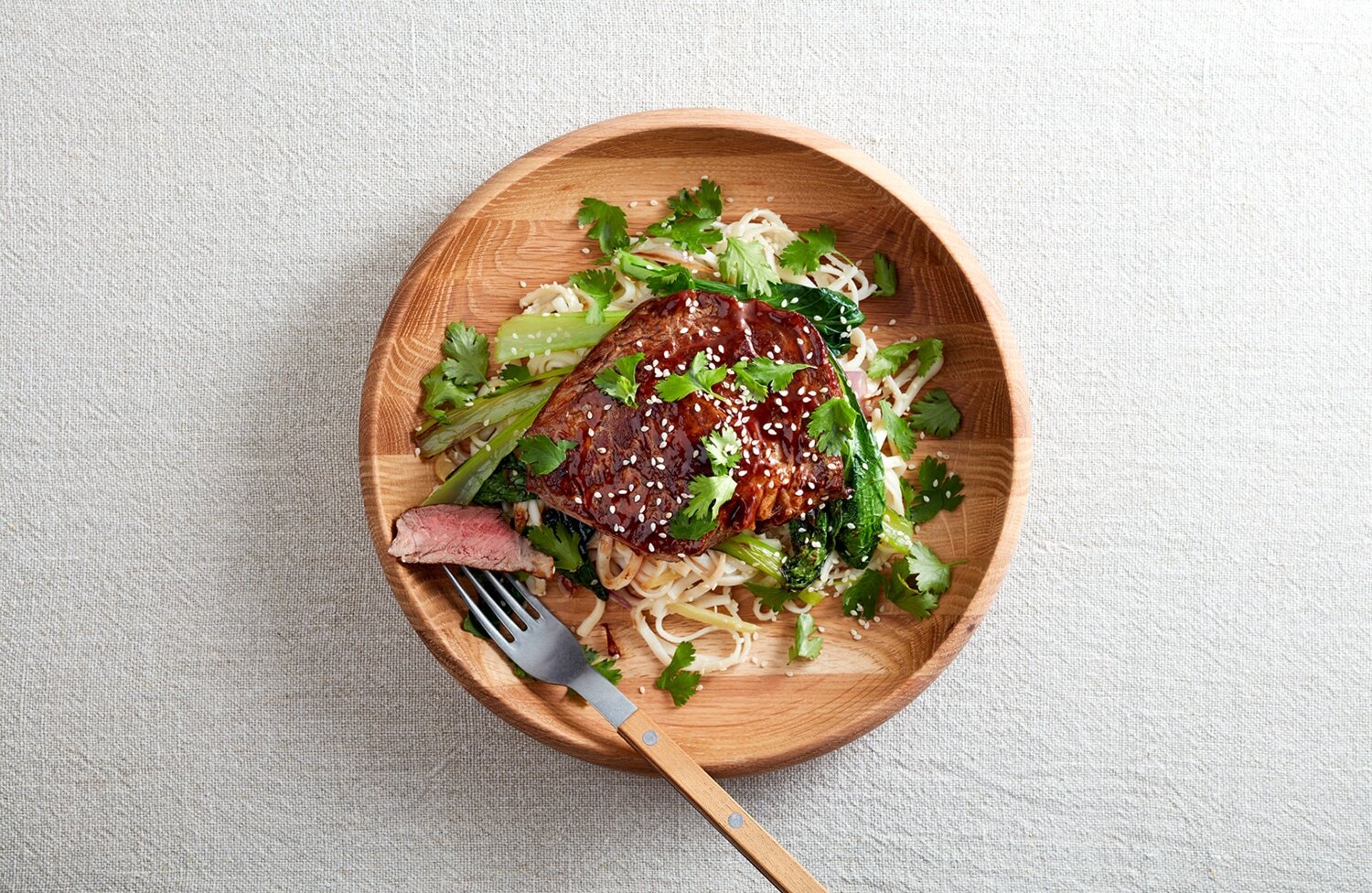
“Recent independent research also shows us that 63% of UK consumers see Irish beef as local. That’s down to Ireland’s close proximity but also to Britain and Ireland’s shared farming traditions of high standards, grass-fed production systems and the same excellent quality, traditional breeds, such as Hereford and Angus.”
Chef Tom Cenci, an Irish beef chef ambassador, who is reopening his pop-up at Stoney Street in April, agrees. “I’ve been using Irish beef in my restaurants for over 10 years, not only because the beef is of a consistently high quality, but because it is available locally and arrives fresh. We’re really lucky to have such a beautiful product on our doorstep,” he says.
Big bird
Chicken, of course, has been Britain’s favourite meat for some time, and plenty expect it to remain that way, despite the country’s current hunger for red meat. They include Gordon Lauder, managing director of frozen food distributor Central Foods, who highlights the company’s Golden Valley Foods range of poultry products, including goujons, nuggets, wings, fillets and kievs.

“Our experience shows that chicken has been a popular product during the pandemic and lockdown, and we expect this to continue. Sales of our Golden Valley Foods range have risen as caterers pivoted to delivery, takeaway and click and collect, and they realised that the quality of the range was good for their business,” he says.
“Whatever your outlet type, serving good-quality poultry products helps ensure repeat custom, as customers know that you won’t disappoint them.”
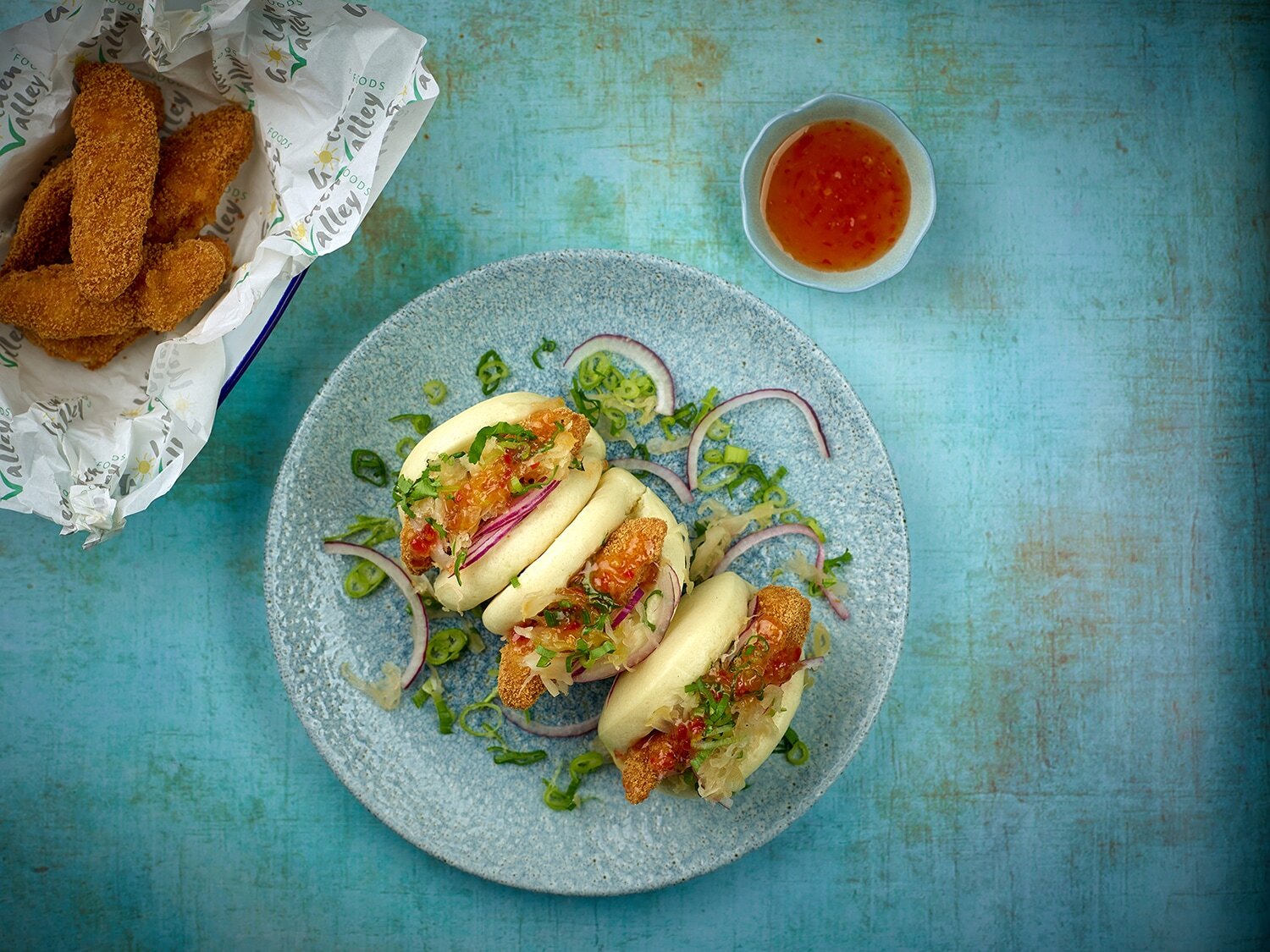
Chicken, beef or something else entirely? After this past year, operators and customers will be happy whatever customers order – as long as restaurants can stay open this time. “We’re excited,” says Rose. He’s not alone.
Suppliers
Bord Bia www.bordbia.ie
Campbell Brothers www.campbellbrothers.co.uk
Central Foods www.centralfoods.co.uk
Fairfax London www.fairfax-london.co.uk
Golden Valley www.goldenvalleyfoods.co.uk
Hybu Cig Cymru meatpromotion.wales
Quality Meat Scotland www.qmscotland.co.uk



